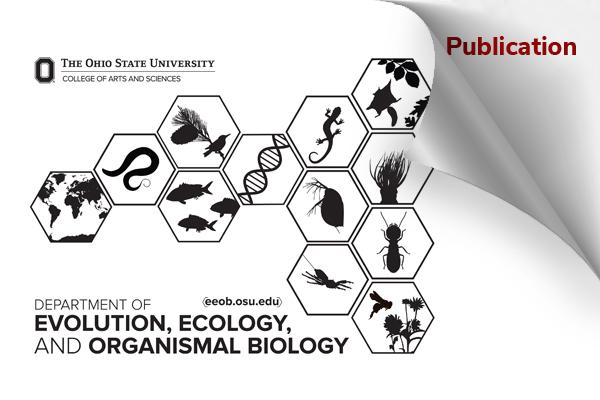EEOB publication - Berger-Wolf

A landmark environmental law looks ahead
Robert L. Fischman, J. B. Ruhl, Brenna R. Forester, Tanya M. Lama, Marty Kardos, Grethel Aguilar Rojas, Nicholas A. Robinson, Patrick D. Shirey, Gary A. Lamberti, Amy W. Ando, Stephen Palumbi, Michael Wara, Mark W. Schwartz, Matthew A. Williamson, Tanya Berger-Wolf, Sara Beery, David Rolnick, Justin Kitzes, David Thau, Devis Tuia, Daniel Rubenstein, Caleb R. Hickman, Julie Thorstenson, Gregory E. Kaebnick, James P. Collins, Athmeya Jayaram, Thomas Deleuil, Ying Zhao. SCIENCE, 21 Dec 2023, Vol 382, Issue 6677, pp. 1348-1355, DOI: 10.1126/science.adn3245
In late December 1973, the United States enacted what some would come to call “the pitbull of environmental laws.” In the 50 years since, the formidable regulatory teeth of the Endangered Species Act (ESA) have been credited with considerable successes, obliging agencies to draw upon the best available science to protect species and habitats. Yet human pressures continue to push the planet toward extinctions on a massive scale. With that prospect looming, and with scientific understanding ever changing, Science invited experts to discuss how the ESA has evolved and what its future might hold.
